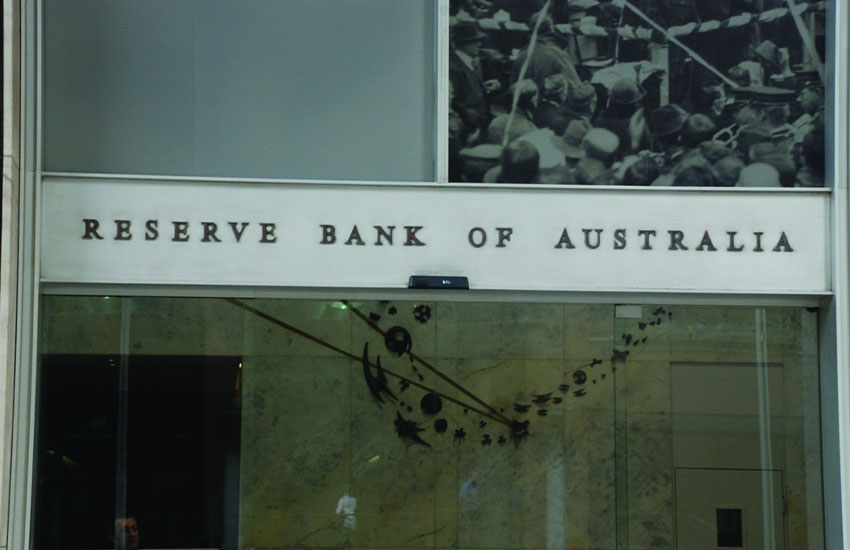After back-to-back contractions in gross domestic product in March and June, which put Australia in its first recession in nearly three decades, the Reserve Bank of Australia (RBA) is predicting that Australia will be out of a recession when the September figures are released.
Results released by the Australian Bureau of Statistics have also revealed a rise in CPI following the largest quarterly fall in 72 years where prices went backwards by 1.9 per cent.
You’re out of free articles for this month
Childcare was the main contributor, dropping by 95 per cent as the government looked to support parents during the COVID-19 pandemic.
However, the subsidy ended on 13 July, causing the price to rise again in the CPI for the September quarter.
Speaking ahead of next week’s central bank board meeting and its quarterly statement on monetary policy, RBA deputy governor Guy Debelle confirmed that Victoria’s impact on the economy has not hurt overall economic growth.
“At the moment, it looks like the September quarter for the country probably recorded positive growth rather than slightly negative,” Dr Debelle told a Senate estimates hearing.
“The growth elsewhere in the country was more than the drag from Victoria, and the drag from Victoria was possibly a little less than what we guessed back in August.”
When asked about the state of the Australian economy, Prime Minister Scott Morrison said it was too early to tell.
“I won’t know that until December when the national accounts figures for the September quarter will be released, and until then, whether technically that’s the case or not, I know Australians are still hurting,” Mr Morrison said.
“The national accounts will say what they say, but what I know is in the many months ahead, there are businesses that are still not open again, people we still need to get back into work, that’s the reality, and I’m focused on policies that deal with reality of the economic challenges we have ahead.”
Despite the RBA predicting the economy is out of a technical recession, the central bank is still expected to cut the cash rate from a record low 0.25 of a percentage point to 0.10 of a percentage point on Melbourne Cup Day.
“This easing is expected to involve a cut in the three key interest rates: the cash rate target, the three-year bond yield target, and the term funding facility target from 0.25 [of a percentage point] to 0.1 [of a percentage point],” Commonwealth Bank chief economist Stephen Halmarick said.
“Critically, this easing of monetary policy is expected to be implemented at the same time as the RBA looks set to revise upwards their economic forecasts given the run of better economic data.”
Mr Halmarick said monetary policy has a significant role to play in supporting the Australian economy by continuing to ensure very low borrowing costs, both for Commonwealth and state, are maintained for an extended period of time.

 Login
Login






